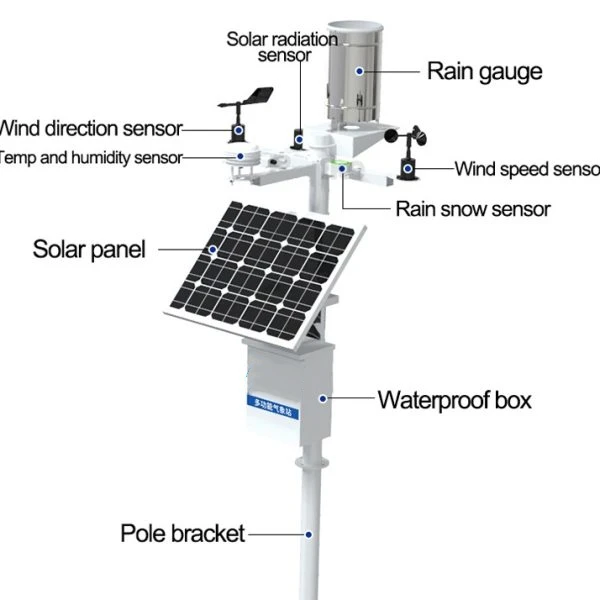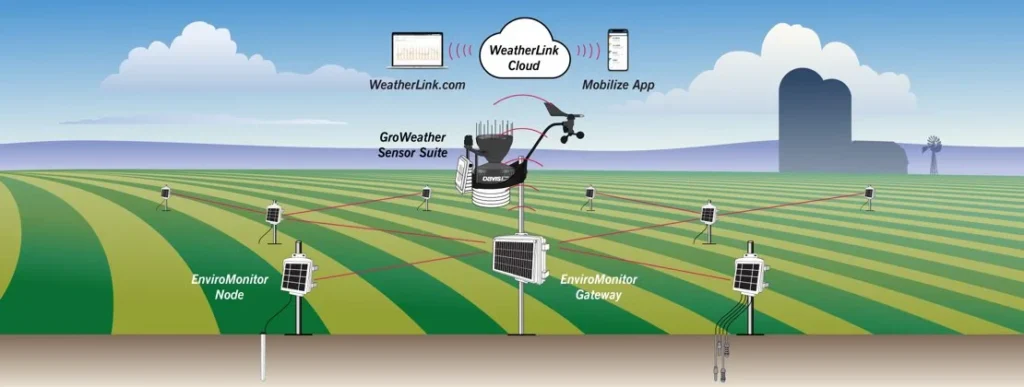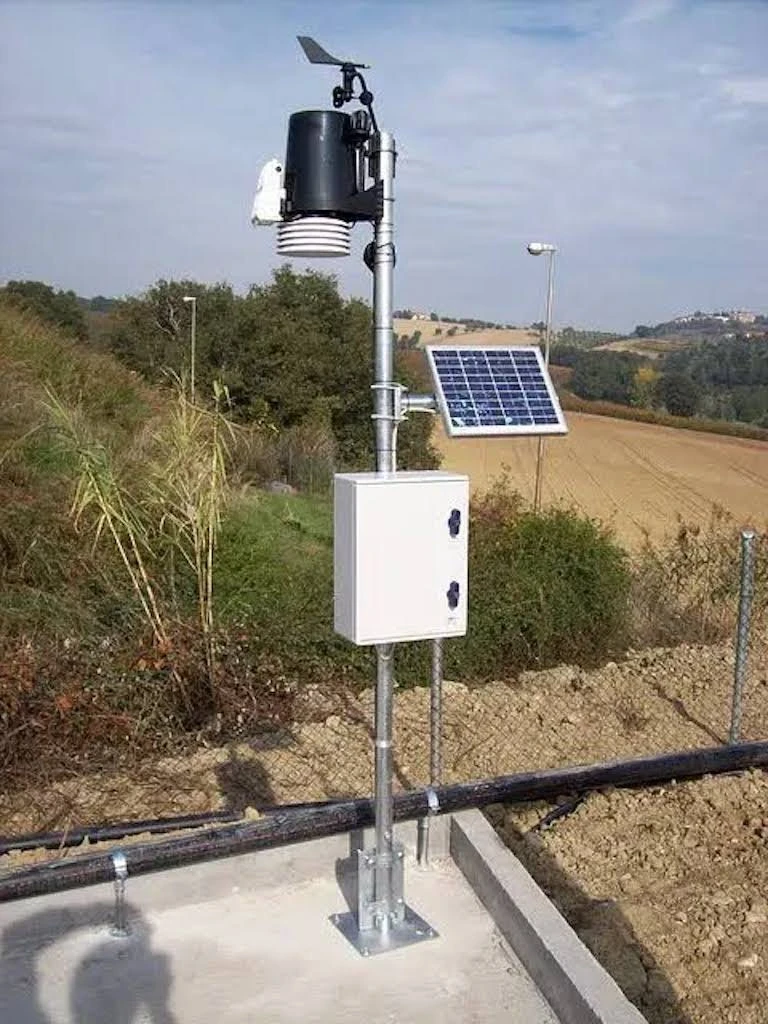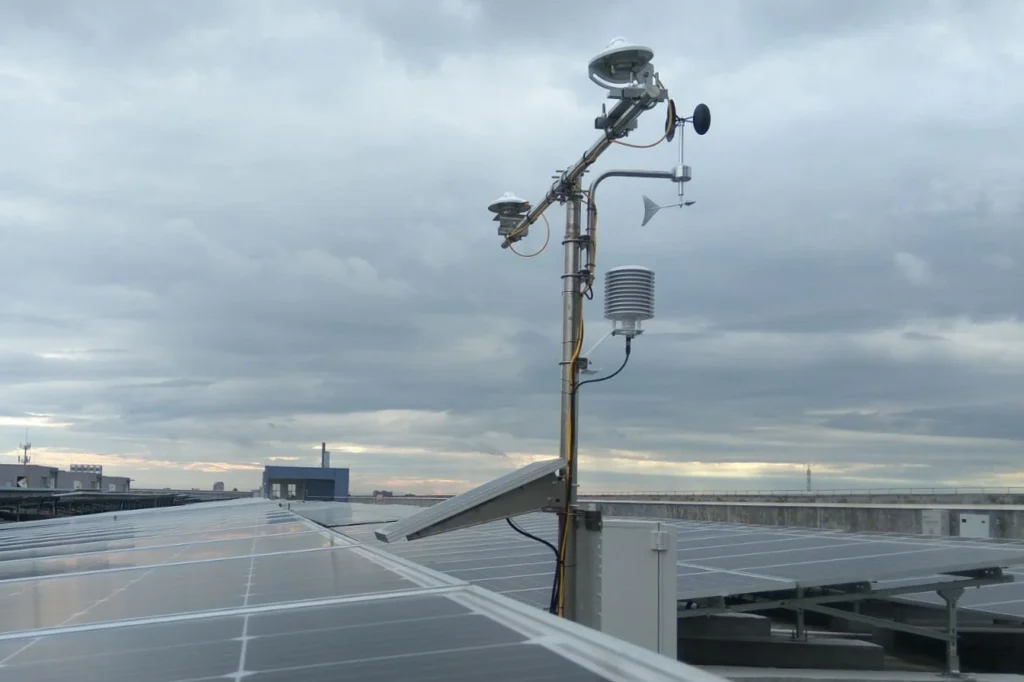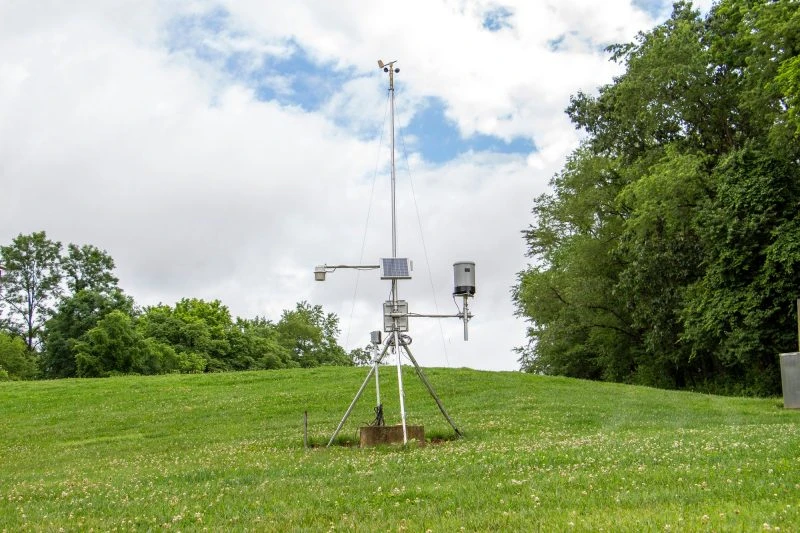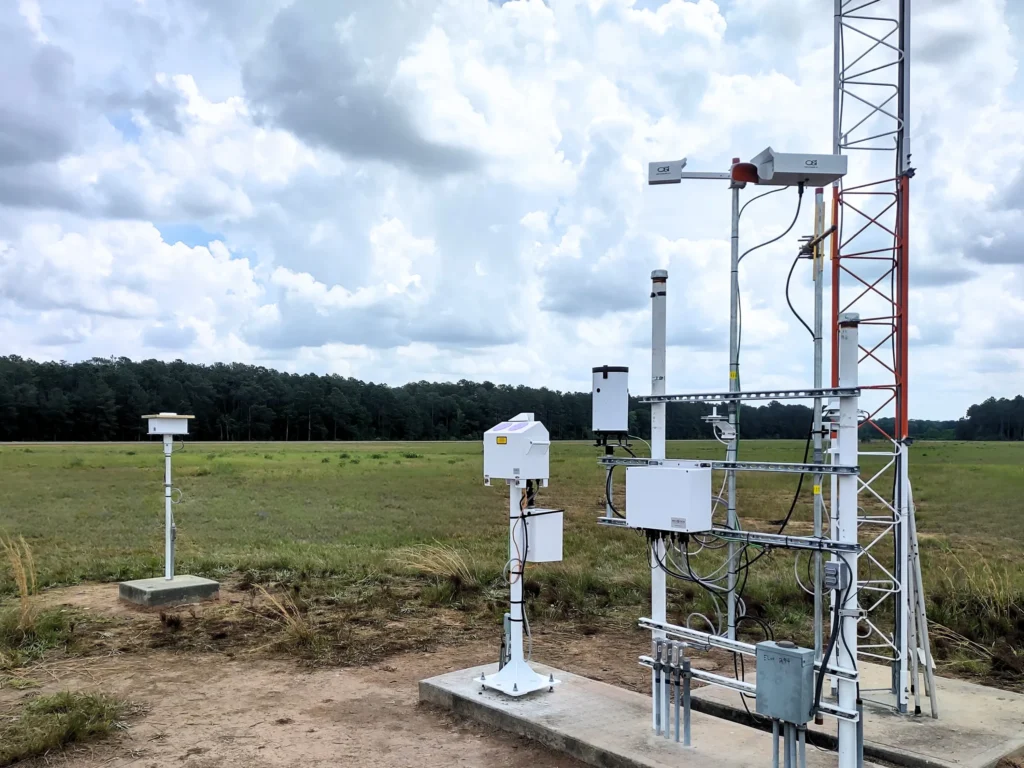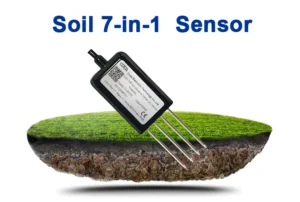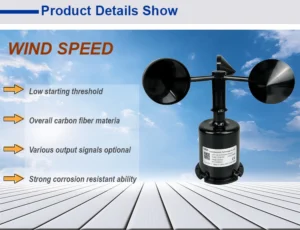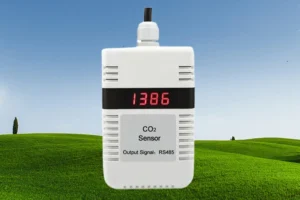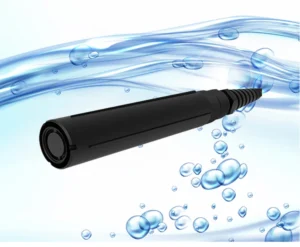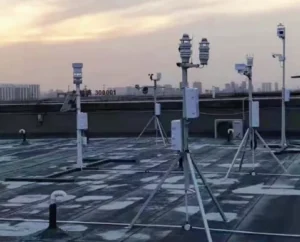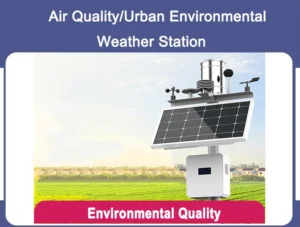what is a weather system
It is important to watch the weather to see how conditions change. Weather monitoring systems are important. They provide data on changes in the environment and climate weather patterns.
They assist in fields like farming, geology, and mining. These systems also make weather forecasts better. This article looks at weather monitoring devices. It shows what they do and how they help. It also explains how they are used in different industries.
Comprehending Weather Monitoring Systems
A home weather tracking system has sensors and tools. These tempest weather station delivers measure temperature, humidity, air pressure, wind speed, solar radiation, and rainfall totals. The system collects data in real-time.
This data helps weather enthusiasts forecast the weather and observe the environment. We can divide meteorological monitoring system into several categories:
➟ Indoor climate monitoring systems
These systems are often used in buildings to check things like temperature, humidity, and air quality. They help keep indoor spaces healthy in places like offices, schools, hospitals, and homes. They also help to save energy.
These systems give real-time climate data. This helps control HVAC systems. It also lowers energy use and maintains good air quality.
➟ Outdoor weather systems
Check out digital weather monitoring devices for outdoor areas. They are strong and built to last in bad weather. These devices give data on wind speed, direction, temperature, humidity, and rainfall.
They are used in wireless weather stations, farms, research sites, and cities. They track climate patterns and help farmers. They also aid in development and conservation efforts.
➟ Engineers design rainfall weather systems
Measure rainfall. Rain gauges are useful tools. They help us learn about water.
And they support farming and keep an eye on floods. They provide data on how much it rains and how long the rain lasts.
This information helps us manage water and plan for irrigation. It also helps us to predict the risk of floods. Overall, it reduces the effects of weather and improves how we manage water.
➟ Portable weather systems
Easy-to-move devices are perfect for temporary setups, field research, outdoor events, or emergencies. They provide ease and flexibility.
These devices track fewer factors than stationary systems. However, their portability is key. It allows you to check the weather and gather data while you are on the go.
➟ Forest Fire Weather Systems
Look for weather conditions that can lead to forest fires. They look at factors like temperature, humidity, wind speed, and direction. This helps predict and track areas that may catch fire.
These systems help find and stop forest fires quickly. They help manage and use firefighting resources better. By giving early warnings, they help save lives and keep property safe. They also keep nature safe from dangerous fires.
➟ Highway Weather Systems
These devices are placed along highways. They watch the weather to see how it can impact road safety. They give real-time data on road surface, visibility, wind speed, and rainfall.
This warns drivers and traffic authorities about bad weather. This helps make roads safer.
The information helps stop accidents and control traffic. It helps keep transport safe and efficient in bad weather. This helps keep the public safe and ensures smooth road use.
Components of an Outdoor Monitoring System
An outdoor weather monitoring system has several key parts. Each part measures different unsettled weather factors. Let’s take a closer look at these components:
1. Multifunctional Louver Box Weather Sensor
This sensor is in a louver box. It measures noise, PM2.5 and PM10 particles, temperature, humidity, barometric pressure, and light.
2. Wind Speed Sensor
The wind speed sensor has a three-cup design that measures wind speed well. It is made of strong ABS material. This material is strong and will not rust. This makes it ideal for long-term outdoor use in places like professional weather station, greenhouses, and boats.
3. Wind Direction Sensor
Manufacturers make this sensor to gather data on wind direction. It is light and easy to assemble. Its high sensitivity makes it helpful for many uses. These include protecting the environment, setting up weather stations, and creating places for animals to breed.
4. Rain and Snow Detection Sensor
The rain and snow sensor looks for rain or snow. It has a heating feature to stop freezing and condensation. This ensures it works well in cold air weather and high humidity.
5. Soil Temperature and Moisture Sensor
This sensor measures soil temperature and moisture levels well. It is used in farming, saving water, managing greenhouses, and treating sewage.
6. Tipping Bucket Rainfall Gauge
The tipping-bucket rainfall gauge measures rain. It collects rain in a small bucket. When the bucket fills to a certain point, it tips over and spills out.
This process turns rainfall into digital data. This data helps with accurate recording and analysis.
7. Data Collection and Power Systems
The weather data tool collects information from different sensors. It sends this data to a cloud platform. This platform lets users see data in real time weather. It gives a clear view of the current weather.
Local weather stations installed often use solar power systems for their setup. These personal weather station includes solar panels and batteries that need no maintenance. This setup keeps the station working, even in remote areas without a main power source.
8. Comprehensive Weather Protection
The parts of a high pressure weather system are in stainless steel cases. These cases keep the devices safe from bad weather, such as rain, snow, and strong winds. This protection helps the equipment stay accurate and last for a longer time.
Benefits of Weather Monitoring Systems
Meteorological monitoring systems present a multitude of advantages, making them essential tools across diverse industries.
✔ Instantaneous Data Gathering:
These systems give us up-to-date weather data. This information is important for accurate forecasts and smart choices. Watching the weather in real-time helps us react quickly to changes. This boosts our readiness and reduces the risks of sudden weather events.
This quick data is important for weather experts, farmers, and emergency teams. It helps them have the latest information to make good decisions.
✔ Enhanced Safety:
Meteorological monitoring systems help keep us safe. They help predict extreme weather and prevent disasters. These systems give early warnings for storms, hurricanes, floods, and other dangerous weather. This helps communities and leaders act to protect lives and property.
Highway weather systems can warn drivers and traffic officials about dangerous road conditions. This helps lower the risk of accidents. Forest fire monitoring systems can find conditions that might lead to wildfires. This allows for quick action and reduces the impact of these disasters.
These systems are used in many fields like farming, building, and disaster response. In farming, monitoring systems provide data on temperature, humidity, and soil moisture. This helps farmers water their crops and take care of them better.
In construction, these systems keep track of the weather. They help keep workers safe. They help with planning, too.
For disaster management, meteorological monitoring systems give important data for planning and responding to emergencies. This helps organize rescue and aid efforts.
✔ Cost-Effectiveness:
Solar-powered monitoring systems save money. They do not need power from outside sources. This makes them great for remote areas where power can be hard to find or not reliable.
Using renewable energy saves money and helps the environment. It also lowers the carbon footprint of weather monitoring. These systems are strong and need little maintenance, which makes them even more cost-effective.
✔ Scalability:
Cloud platforms can work with many devices. This makes it easier to expand monitoring when needed. This flexibility helps weather monitoring networks meet growing demand or changing needs.
Technicians can make a home weather station cover bigger areas or more environmental factors. They can do this with just a few changes to the current setup.
The cloud-based system lets users check and access data from anywhere. This makes it easy to manage and analyze weather data. In short, meteorological monitoring systems are important. They help make things safer, work better, and have many uses in different areas.
Applications Across Industries
Meteorological monitoring systems have many uses:
➣ Automotive:
In the car industry, meteorological monitoring systems make driving safer. They provide correct information about the weather on the roads. This helps stop accidents caused by bad weather.
➣ Industrial:
In factories, people check fluid levels in tanks and containers. This keeps operations running well and stops overflows or shortages.
➣ Consumer Products:
These systems are found in devices like washing machines and coffee makers. They make these devices work better. This improves the user experience.
➣ Agriculture:
In farming, meteorological monitoring systems help farmers make better choices about watering, planting, and harvesting. They give accurate weather information.
➣ Disaster Management:
Meteorological monitoring systems are important for managing disasters. They give early warnings for natural events like hurricanes, floods, and wildfires.
Expertise You Can Trust from Coda Sensor
Hunan Coda Electronics is a well-known maker of sensors and solutions for monitoring the environment and weather. Coda has over ten years of experience. They offer many types of weather monitoring devices.
Coda provides many tools, such as anemometers, barometers, thermometers, rain gauges, soil sensors, and water sensors. Customers around the world use Coda’s products in different ways. They study how green buildings work. They also do research in farming and coastal areas.
Coda is known for its great products and helpful support. We are a trusted partner in weather monitoring.
Conclusion
In today’s world, local meteorological monitoring systems are important tools. They give us vital information for many purposes.
These systems make cars and industries safer. They also help farming and make consumer products better. With IoT and new technologies, these systems keep changing and getting better.
They provide more accurate and detailed data to meet the needs of different industries. Here is what you should know about meteorological monitoring systems.
